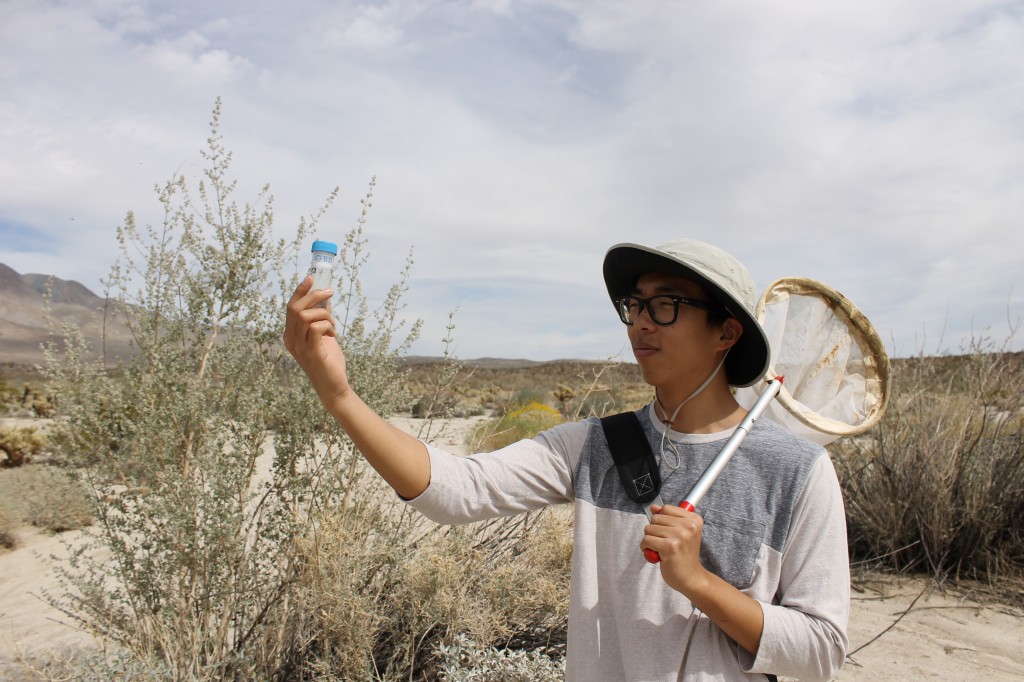BY HAEBIN LIEW | BLOGGER | SQ ONLINE (2013-14)
The greatest thing about life isn’t that we are alive, but that all living things partake in the grand scheme of things to create profound and unique experience that we experience. There are more cells in your body that are bacteria than are yours. I think as humans we take for granted very often the relationship we have with other living organisms and abuse them for our selfish needs. However, even among the detrimental things we cause to other living things to no benefit to us (called amensalism) we create amazing things through intimate biological relationships.
One of the more fascinating examples of this I have found in recent years is the Root Bridges of Cherrapunji in Shillong, India. These natural bridges are formed from braiding and tangling the roots of the rubber fig, Ficus elastica. There doesn’t seem to exist any effect on the tree itself but ultimately, through centuries of growing, it provides a stable passage for people living in tandem with the trees. To think that we can take advantage of natural formations to provide modes of passage is two fold: an increase in transportation for people and other organisms where there could not exist previously and the intimate relationship we share with nature. Domestication of animals and gut flora are both commonplace examples of our tampering with nature that we overlook. But how centuries of manipulating the slippery genome of Canis lupus familiaris and consuming meats to develop certain beneficial microbes has established a unique and strong relationship we share with other organisms that keep us company and alive.
The question can be taken to the extreme: can we manipulate the organisms around us to create a naturally sustainable planet? Many science fiction authors and scientists have pondered this notion for decades, something known as terraforming.
[youtube=https://www.youtube.com/watch?v=_FaTBd3gdPI]
An artist’s rendition of a time lapse of what a possible terraformed Venus.
The act is clearly simpler than it sounds: it is modifying the atmosphere, topography and, of course, the ecology, of currently uninhabitable planetary bodies (planets or moons) to emulate the biosphere of Earth. In theory, we are far from being technologically advanced to perform anything that remotely resembles terraforming. However, even now we are taking those small strides in bioengineering and everyday interactions as human beings through research and conservation to invite a cleaner and closer way of living towards nature.


